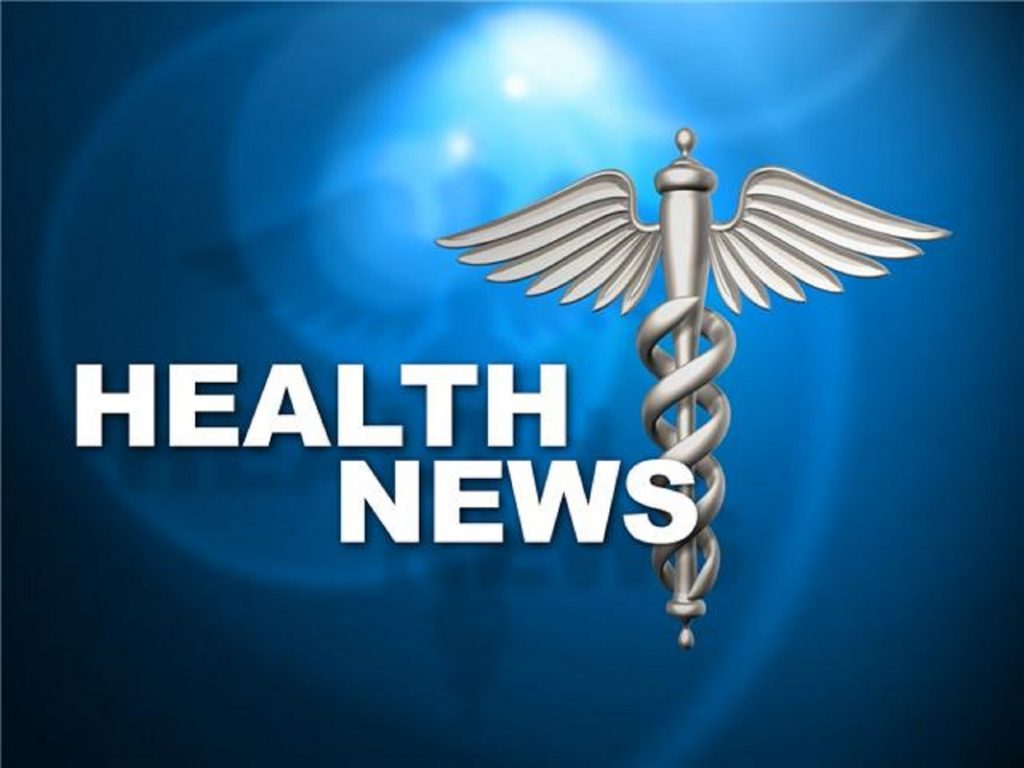
With October being Breast Cancer Awareness Month, word is getting out that regular mammograms are the easiest way to detect the disease early on.
According to the American Cancer Society, breast cancer is the second most common cancer diagnosed among women in the United States. When detected early, the five-year relative survival rate for the disease is 99%, with mammography remaining the gold standard for early detection.
Recently, statistics have been released that have led to a call for the procedures to be earlier than age 50 based on evidence that more younger patients are being diagnosed. A call for more research on how additional screening with breast ultrasound or MRI might help women with dense breast tissue has also been issued.
“In San Diego County, American Indian and Alaska Native individuals experience the highest incidence and mortality rates from breast cancer, and African-American women experience the second-highest mortality rates,” said Angelique Richardson, MD, medical oncologist at UC San Diego Health. “It is crucial to understand why these health disparities exist, and to work together to reach these populations to promote breast cancer awareness.”
Concluded Richardson: “We’re now recommending women get yearly mammograms starting at age 40. Some higher-risk people may have to be getting regular mammograms even sooner and need to have that conversation with their doctor. The message is mammograms do save lives because they allow detection of breast cancer at an earlier stage when it is more curable. About one in every eight women will have breast cancer,”
Richardson pointed out that the inheritance risk for breast cancer in women is “relatively low, only 5 to 10%.” She added, for the majority of women, that the cause of breast cancer is likely “a combination of lifestyle and environmental factors.” For instance, Richardson added: “We know that radiation treatments in the past can put you at risk for breast cancer. We also know that post-menopausal women, those who have undergone hormone replacement therapy or are overweight, are risk factors. Alcohol intake can also be a risk factor.”
Richardson pointed out the average age that women are diagnosed with breast cancer is 65. “But with younger women, who have more dense breasts, it (cancer detection) is a little more tricky with a mammogram,” she said concluding that women who do not undergo regular mammograms “are at a higher risk of death. So, we need to make them aware of the importance of getting mammograms.”
BREAST CANCER SIGNS AND SYMPTOMS
Breast cancer most commonly presents as a lump that feels different from the rest of the breast tissue. More than 80% of cases are discovered when a person detects such a lump with the fingertips. The earliest breast cancers, however, are detected by a mammogram.
Indications of breast cancer other than a lump may include thickening different from the other breast tissue, one breast becoming larger or lower, a nipple changing position or shape or becoming inverted, skin puckering or dimpling, a rash on or around a nipple, discharge from nipple/s, constant pain in part of the breast or armpit and swelling beneath the armpit or around the collarbone.
Risk factors for developing breast cancer include obesity, lack of physical exercise, alcohol consumption, hormone replacement therapy during menopause, having children late in life, or not at all, and having a family history of breast cancer. About 5-10% of cases are the result of an inherited genetic predisposition.
Outcomes for breast cancer vary depending on the cancer type, the extent of the disease, and the person’s age. The five-year survival rate in the U.S. and England is between 80% and 90%.










Discussion about this post